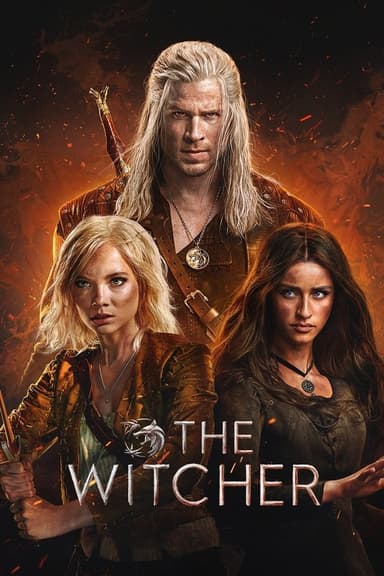
Women in Love
2011 • Drama • TV-MA
Powerful adaptation of DH Lawrence's novels The Rainbow and Women in Love, focusing on the lives of two sisters as they struggle with love, passion and commitment in the build-up to WWI.
Why you should read the novels
Reading D. H. Lawrence’s original novels, *Women in Love* and *The Rainbow*, immerses you in the raw emotional depth and philosophical richness only found in classic literature. Lawrence’s vivid prose explores the complexities of love, gender, and modern existence with an intensity and nuance television adaptations can only hint at.
The novels offer profound psychological insight into their characters’ inner lives. Through Lawrence’s distinctive narrative voice, you are invited to engage with their thoughts, passions, and doubts in ways that foster empathy and understanding beyond what can be visually represented on screen.
Engaging directly with Lawrence’s words also transports you to the societal and historical contexts shaping the Brangwen sisters' journey. The beauty and challenge of the text lies in its poetic language, which rewards patient readers with layers of meaning and a richer appreciation of one of English literature's great innovators.
Adaptation differences
The 2011 TV adaptation of *Women in Love* combines both *The Rainbow* and *Women in Love* into a single narrative. This condensed structure alters the depth and pacing of the characters’ arcs, often bypassing subtler developments present in the novels. The compressed timeline means that complex relationships and emotional evolutions become more streamlined or simplified.
Another key difference lies in the adaptation’s visual interpretations of themes like sensuality, sexuality, and repression. While Lawrence’s novels use language to create ambiguity and tension, the series opts for more explicit depiction. This shift may make the story more accessible but loses the psychological nuance and poetic ambiguity found in the books.
Characterization, particularly of Ursula and Gudrun, is affected by the necessary adaptation to a visual medium. Internal monologues and philosophical debates that fuel much of Lawrence’s narrative become truncated or are replaced by dialogue, sometimes at the expense of their philosophical and emotional complexity.
Finally, the adaptation often foregrounds romantic and sexual relationships over the intricate philosophical exploration of love, industrialization, and individualism found in the novels. This results in a focus on plot and interpersonal drama, rather than the internal, often existential conflicts that are central in Lawrence’s original works.
Women in Love inspired from
Women in Love
by D. H. Lawrence
The Rainbow
by D. H. Lawrence












